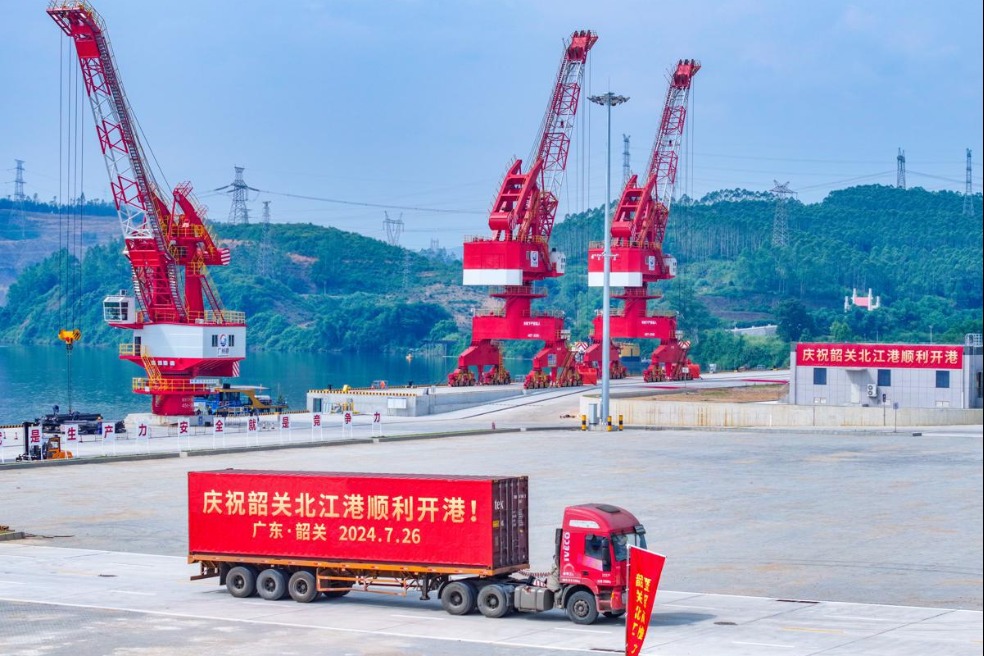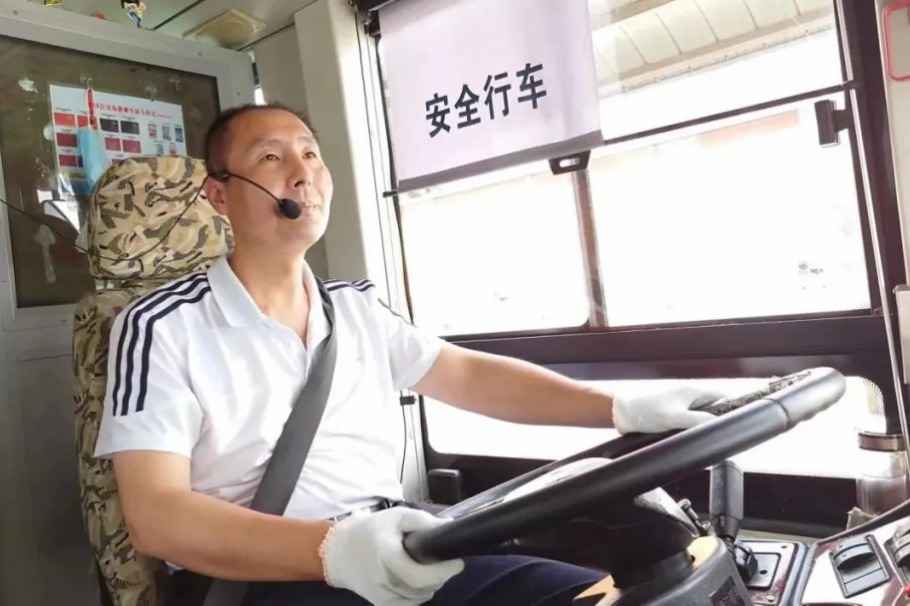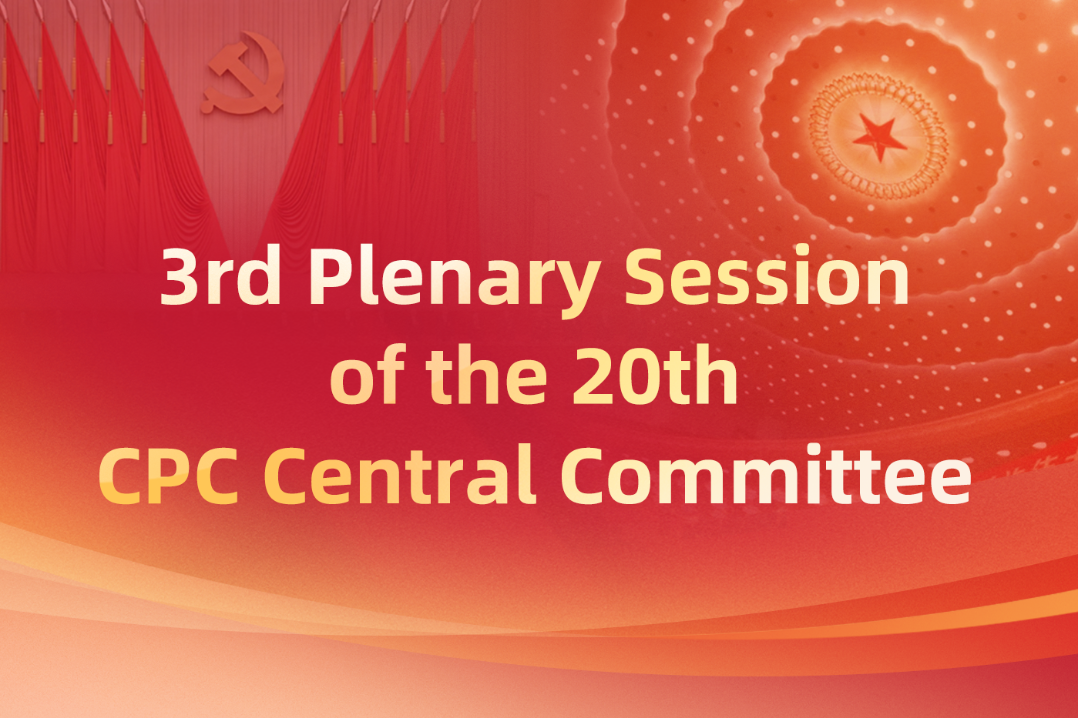'New productive forces' key to economic growth


As a technology industry reporter for about a decade, I stay abreast of the latest developments and trends in the fast-changing high-tech sector. As the curtain of China's most important annual political event has been raised, "new productive forces", a key phrase reiterated by China's top authorities recently, has become a hot topic catching public attention nationwide.
Emphasizing the key role of innovation, new productive forces refer to advanced productivity freed from traditional economic growth models. They feature high-tech, high efficiency and high quality, and come in accordance with the country's new development philosophy.
China has placed great emphasis on the development of new productive forces, which are mainly led by technological innovation and new production factors such as data, and are playing an increasingly vital role in the promotion of the country's high-quality economic development amid downward pressures and external uncertainties.
I interviewed some national legislators and political advisers from the manufacturing sector ahead of the two sessions, the annual gathering of the National People's Congress and the National Committee of the Chinese People's Political Consultative Conference, and learned that they are most concerned about how traditional Chinese manufacturing enterprises nurture new productive forces, how they achieve transformation and upgrades and how they advance new industrialization.
Most of them have perceived that promoting sci-tech innovation and nurturing strategic emerging industries and future industries such as new-generation information technology, high-end equipment manufacturing, artificial intelligence, new energy and quantum computing, are crucial to developing new productive forces.
The manufacturing sector serves as the foundation of the real economy and is critical to the development of a modern industrial system. China is the world's largest manufacturer, with its output accounting for nearly 30 percent of the global total, ranking first for 14 consecutive years, according to the Ministry of Industry and Information Technology.
Meanwhile, high-tech manufacturing has become an important driver in efforts to bolster the high-quality development of China's economy. China has taken the lead in semiconductor display technology, new energy photovoltaic panels and new energy vehicles, but there is still a lot of room for improvement in the fields of high-end computer chips, high-end equipment and industrial software.
Li Dongsheng, a deputy to the 14th NPC, the country's top legislature, told me that accelerating the development of new productive forces means further stimulating the vitality of technological innovation, continuously investing in sci-tech research and talent cultivation, giving full play to the role of tech-savvy talent and leveraging intelligent technologies to bolster industrial upgrades.
Li, who is also the founder and chairman of Chinese consumer electronics maker TCL Technology Group, stressed that enhancing independent innovation capacities and increasing capital input are key for the growth of the high-tech manufacturing segment and the advancement of new industrialization.
He said his company will step up its use of artificial intelligence, augmented reality, virtual reality, next-generation display technology and new energy photovoltaic panels, while improving its digital and intelligent manufacturing capabilities.
China has built a relatively complete manufacturing industrial and supply chain covering design, research and development, technology and capital.
It is important to move the manufacturing sector toward higher-end, smarter and greener production, so as to gain an edge over international competitors.
In recent years, the country's strength in sci-tech innovation has taken a major leap.
According to the 2022 Global Innovation Index released by the World Intellectual Property Organization, the country has risen to 11th place and remains the only middle-income economy in the top 30.
However, it still faces some bottleneck issues, such as a lack of access to integrated circuits, basic materials, and core components due to restrictions implemented by the United States.
Furthermore, China lags behind its foreign counterparts in basic scientific research.
To shore up weak links in industrial chains, Li said more efforts should be made to achieve breakthroughs in key and core technologies, strengthen international exchanges and cooperation on science and technology, and enhance operational capacities in overseas markets.
Although China is facing internal and external challenges regarding its economic growth and future development, I believe the rise of new productive forces will inject new impetus into China's economic recovery, strengthen the nation's capacity to shield itself against external risks and help boost its core competitiveness on the global stage.



































